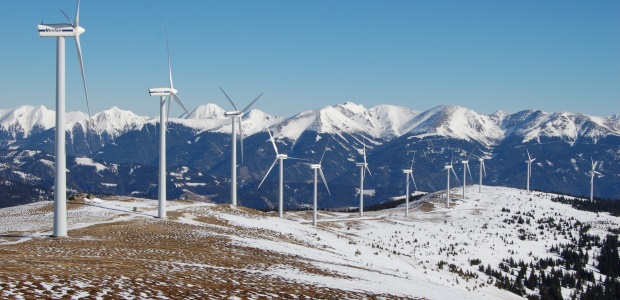
New ASSE Standard Coming Soon for Wind Turbine Construction, Demolition
Remote work, turbine height, limited access, and turbine manufacturer variables are challenges addressed in ANSI/ASSE A10.21, which establishes requirements for job site work and equipment. Publication of the new standard is expected in June 2018.
ASSE announced this month that the ANSI/ASSE A10.21 standard, Safety Requirements for Safe Construction and Demolition of Wind Generation/Turbine Facilities, has been approved and is the first industry consensus standard written specifically for wind construction. It applies to utility-scale, land-based wind generation/turbine facilities, establishing minimum safety requirements and recommended best practices.
"Wind energy has unique challenges that are simply not adequately addressed in existing standards," said Chris Daniels, the chair of the A10.21 subcommittee. "A10.21 brings these challenges to light and identifies appropriate mitigation means."
Publication of ANSI/ASSE A10.21-2018 is anticipated for June 2018, according to the society.
Daniels cited the remoteness of the work, turbine height, limited access, and turbine manufacturer variables as challenges addressed in A10.21, which establishes requirements for job site work and equipment. "A10.21 does more than communicate the requirements of the standard. It includes nearly a dozen appendixes that identify additional considerations for specific scopes found in wind," he said.
It lays out steps employers must take during planning and training prior to construction to help prevent injuries and includes general requirements for site hazard identification and assessment, coordination of roles, responsibilities and activities, training and orientation, and development of a safety and health plan in accordance with ANSI/ASSE A10.33 and ANSI/ASSE A10.38.
The standard says contractors must develop a site-specific plan that addresses the challenges of working in a remote location and the safety concerns that come with that, including lack of emergency response capability on site and long lead times for local EMS, lack of communication abilities, and environmental issues such as weather and wildlife.